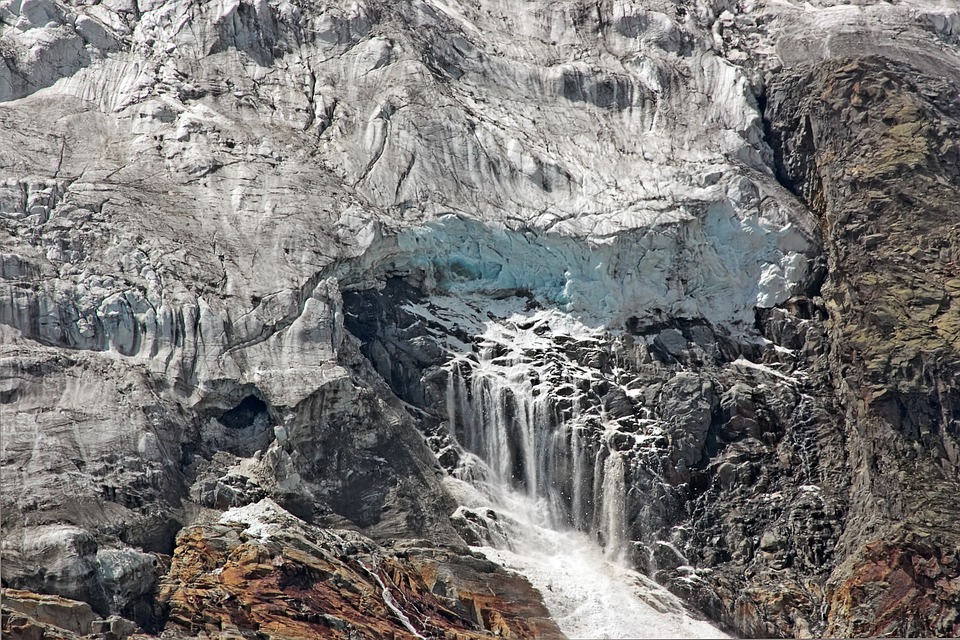What Is Global Warming? Definition, Causes, and Impacts
Global warming has emerged as a critical issue impacting the planet’s climate and environment. Understanding this phenomenon is essential for addressing the broader implications of climate change, which affects ecosystems, human health, and economies worldwide.
1. Defining Global Warming
Global Warming Definition
Global warming refers to the long-term increase in Earth’s average surface temperature, primarily caused by human activities that release greenhouse gases into the atmosphere. This increase has been particularly pronounced since the Industrial Revolution.
Greenhouse Effect
The greenhouse effect is a natural process where certain gases in Earth’s atmosphere, such as carbon dioxide (CO₂), methane (CH₄), and nitrous oxide (N₂O), trap heat from the sun. When sunlight reaches Earth, it is reflected back into space; however, these greenhouse gases absorb some of this heat and re-radiate it back towards the surface, leading to a warming effect. This process is crucial for maintaining life on Earth but has been intensified by human activities, resulting in higher global temperatures.
It is important to differentiate between global warming and climate change. While global warming specifically refers to the rise in temperatures, climate change encompasses a broader range of changes in weather patterns and environmental conditions.
2. Primary Causes of Global Warming
Burning Fossil Fuels
The combustion of fossil fuels—such as coal, oil, and natural gas—for energy production, transportation, and industrial processes is the largest source of greenhouse gas emissions. This activity releases significant amounts of CO₂ into the atmosphere.
Deforestation
Forests play a vital role in absorbing CO₂ from the atmosphere. Deforestation reduces this capacity, leading to increased concentrations of greenhouse gases. The clearing of forests for agriculture or urban development significantly contributes to global warming.
Industrial and Agricultural Practices
Agricultural practices also contribute to global warming through methane emissions from livestock and rice paddies. Additionally, industrial processes release various greenhouse gases that further exacerbate the issue.
3. Impacts of Global Warming
Rising Temperatures
Global temperatures have been steadily increasing over the past century. This rise affects weather patterns and ecosystems globally, leading to more frequent heatwaves and altered precipitation patterns.
Sea Level Rise
Melting glaciers and polar ice caps contribute to rising sea levels, posing risks to coastal communities through flooding and erosion. The Intergovernmental Panel on Climate Change (IPCC) predicts that sea levels could rise significantly if current trends continue.
Extreme Weather Events
Global warming has been linked to an increase in extreme weather events such as hurricanes, floods, droughts, and wildfires. These events can have devastating effects on communities and ecosystems alike.
Biodiversity Loss
As temperatures rise and habitats change, many species face extinction due to their inability to adapt quickly enough. This loss of biodiversity disrupts ecosystems and can lead to further imbalances in nature.
4. Why Understanding Global Warming Matters
Human Health and Safety
Global warming impacts human health through increased heat-related illnesses, worsened air quality, and food security challenges due to agricultural disruptions.
Economic Impacts
The economic consequences of global warming are profound, including costs associated with disaster recovery from extreme weather events, agricultural losses due to changing climates, and damage to infrastructure.
Future Generations
Addressing global warming is crucial for ensuring a livable planet for future generations. Without significant action to mitigate these changes, we risk leaving behind a world that is increasingly inhospitable.
FAQs
– How is global warming different from climate change?
Global warming specifically refers to rising average temperatures, while climate change includes all changes in weather patterns resulting from this warming.
– What are the main sources of greenhouse gas emissions?
The primary sources include burning fossil fuels for energy, deforestation, industrial processes, and agricultural practices.
– Can global warming be reversed?
While some effects can be mitigated through aggressive reduction of emissions and restoration efforts, reversing global warming entirely is complex and requires global cooperation.
– How fast is global warming happening?
Global temperatures have risen approximately 1°C since the late 19th century due to human activities[2][5].
– What can individuals do to reduce global warming?
Individuals can reduce their carbon footprint by using public transportation, conserving energy at home, supporting renewable energy initiatives, and advocating for sustainable practices.
– What is the role of renewable energy in reducing global warming?
Renewable energy sources like solar and wind power produce little to no greenhouse gas emissions during operation, making them crucial for reducing reliance on fossil fuels.
Conclusion
In summary, global warming represents a significant increase in Earth’s average temperatures driven largely by human activities that release greenhouse gases. Understanding its causes and impacts is vital for implementing effective strategies to mitigate its effects through sustainable practices and renewable energy initiatives. Addressing this challenge not only benefits current populations but also ensures a healthier planet for future generations.

Kyle Whyte is a notable scholar and professor at the University of Michigan, holding positions such as the George Willis Pack Professor in the School for Environment and Sustainability and Professor of Philosophy. Specializing in environmental justice, his work critically examines climate policy and Indigenous peoples’ ethics, emphasizing the nexus between cooperative scientific endeavors and Indigenous justice. As an enrolled Citizen Potawatomi Nation member, he brings a vital perspective to his roles as a U.S. Science Envoy and member of the White House Environmental Justice Advisory Council. His influential research is supported by various prestigious organizations including the National Science Foundation, and disseminated through publications in high-impact journals. Kyle actively contributes to global Indigenous research methodologies and education, with affiliations to numerous institutes and societies dedicated to traditional knowledge and sustainability. Recognized for his academic and community engagement, Kyle has earned multiple awards and served in various visiting professorships. His efforts extend to leadership positions on boards and committees focused on environmental justice nationwide.
